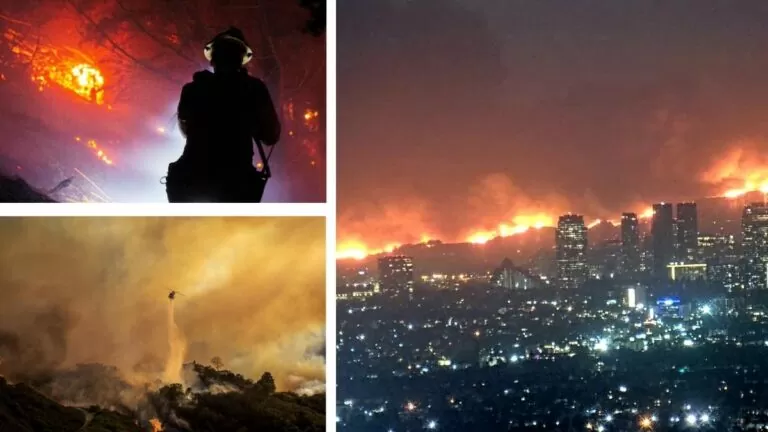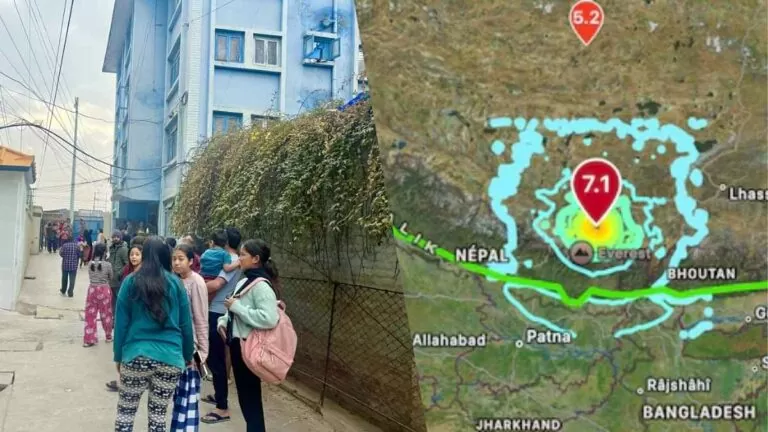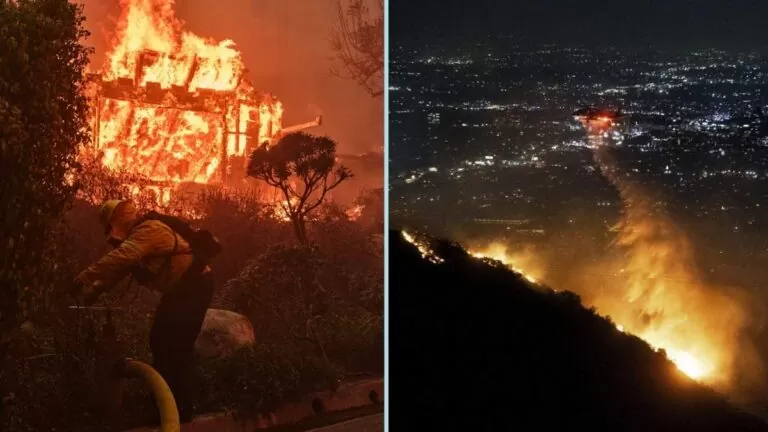7 Crashes, Hundreds Gone: A Deadly December for Aviation
December 2024 has cast a dark shadow over the aviation industry, with a staggering string of disasters raising urgent questions about airline safety worldwide. Seven major crashes have resulted in the tragic loss of hundreds of lives, causing widespread grief and sparking global concern over aviation protocols and standards.
December 2024: A Month Marred by Catastrophe
This December has been one of the more tragic in recent history when it comes to air travel. Every crash happened in different geographical areas of the globe suggesting that these mishaps were due to a combination of mechanical, human, and meteorological factors. Such a multicultural variety of incidents is vivid evidence of the necessity of the reconsideration of world safety parameters of air transportation.
Highlights of the 7 Tragedies
Here is a breakdown of the most notable incidents happened in December 2024:

1. Jeju Plane Crash: A Devastating Tragedy Claims Over 170 Lives
The most fatal aviation incident that occurred in December of the year under evaluation happened on the 28th when the Jeju Air passenger flight crashed during landing at the Muan Airport- South Korea. This was occasioned by a failure of the front landing gear and the subsequent skid off the runway into a concrete barrier. A fire occurred which claimed 179 out of the 181 that were on board.
Yet the area was covered by 32 emergency vehicles and helicopters within a short period of time and only 2 people were saved, the crew member and the passenger. Further studies on the gear failure have been conducted are currently being conducted.

2. Azerbaijan Plane Crash
Azerbaijan Airlines experienced a tragic accident on December 25 when an Embraer ERJ-190AR crashed near Aktau Airport, Kazakhstan, killing 38 of the 67 passengers. The flight, on route from Baku to Grozny, declared an emergency due to technical difficulties and dense fog. After failed landing attempts, the aircraft went down close to the airport. Preliminary findings indicate potential mechanical failure compounded by challenging weather and possible external factors, highlighting the risks involved in such dangerous conditions.

3. Private Plane Crash in Brazil
On the evening of December 22, a private aircraft plunged for uncertain reasons in the town of Gramado, in Brazil, claiming the lives of ten of the Galeazzi family, including a businessman, Luiz Claudio Galeazzi. During its descent, the aircraft hit a chimney, a house, and a shop damaging the latter severely. At the scene 17 people were injured 2 of them were in critical condition. It has been in the news for some time now as it outlines the extent of damage in the air and on the ground among the passengers.

4. Papua New Guinea Plane Tragedy
On December 22, a Britten-Norman BN-2B-26 Islander aircraft, operated by North Coast Aviation, crashed in Papua New Guinea. All five people on board perished when the plane, en route from Wasu Airport to Lae-Nadzab Airport, went down shortly before landing. Investigators are still examining the aircraft’s final communication, which was a distress signal sent shortly before the crash occurred.

5. Tragic Kamaka Air Crash
On December 17, a Kamaka Air Cessna 208B Grand Caravan crashed near Honolulu’s Daniel K. Inouye International Airport. The aircraft, conducting a training flight, lost control shortly after takeoff, making a sharp left turn before crashing into a building. Tragically, both pilots onboard lost their lives. An investigation is ongoing to determine the cause of the crash.

6. Argentina Air Disaster
On December 17, a fatal crash occurred near San Fernando Airport in Argentina, involving a Bombardier BD-100-1A10 Challenger 300. The aircraft, which was on a ferry flight, missed the runway, struck a perimeter fence, collided with a tree, and caught fire. Tragically, both pilots lost their lives. Investigators are now looking into whether the runway’s length played a role in the accident.

7. Tragic Small aircraft crash in Scotland
On December 23, a small aircraft crashed near Fife Airport in Scotland, resulting in the death of the 50-year-old pilot. Eyewitnesses reported that the aircraft executed unusual maneuvers before crashing into a field just after taking off.
Some Non-fatal airplane crashes
On December 28, Air Canada Express Flight 2259 experienced a landing gear failure as it arrived at Halifax Stanfield International Airport. The aircraft skidded down the runway and its wing caught fire. Fortunately, all 73 passengers and crew were safely evacuated without injury or fatalities.
Later that same evening, a KLM Boeing 737-800 made an emergency landing at Sandefjord Torp Airport in Norway following a hydraulic failure. The plane skidded off the runway into a grassy area, but all 150 people on board managed to escape unharmed.
Looking back, December’s incidents bring to mind the tragic month of July 2014, one of the deadliest in recent aviation history.
Among the most devastating events was the downing of Malaysia Airlines Flight MH17 on July 17, 2014. Shot down over Ukraine amid conflict, this disaster claimed the lives of 298 passengers and crew and remains one of the deadliest acts of violence involving a commercial aircraft.
Only days later, TransAsia Airways Flight 222 crashed on July 23, 2014, in Taiwan. The aircraft, encountering severe weather conditions, failed to safely land, resulting in the deaths of 48 people.
Then, on July 24, 2014, Air Algerie Flight 5017 crashed in Mali, caused by a combination of technical failures and bad weather. The crash claimed 116 lives and added to the string of aviation tragedies that month.
Root Causes: Patterns Across Incidents
As investigators continue to study the incidents, early findings suggest that there is no single cause for this uptick in disasters. Recurring themes, however, include:
- Aging Infrastructure: Many of the crashes involved older planes, pointing to the urgent need for global fleet modernization.
- Adverse Weather: Several incidents highlight the unpredictable and extreme weather conditions exacerbated by climate change.
- Insufficient Pilot Training: Some crashes have pointed to pilot error, shedding light on the need for better and continuous pilot training.
- Human Oversight in Technology: Whether it’s autopilot systems or mechanical inspections, flaws in human monitoring contributed to several failures.
Global Response
The international aviation community is rallying to address these incidents. Air travel watchdogs and associations such as ICAO and IATA have launched investigations and are urging tighter scrutiny. Airlines worldwide have begun announcing immediate audits of fleets, safety procedures, and emergency readiness protocols.
Government Action
Countries where the crashes occurred are stepping up. Kazakhstan, for example, has announced a suspension of certain aircraft types pending investigations. Southeast Asian nations are enhancing real-time weather monitoring systems to ensure safer flight paths.
Lessons for Travelers
As anxiety grows among passengers, safety experts offer some advice to mitigate fears:
- Choose airlines with a strong safety record.
- Monitor weather forecasts when traveling to regions prone to extreme conditions.
- Trust that each incident leads to significant improvements in industry safety protocols.
Toward Safer Skies
Though December 2024 has been a grim month for aviation, it also serves as a crucial wake-up call for global stakeholders. With better technology, stricter regulatory compliance, and enhanced training measures, these tragedies can spur reforms to make air travel safer in the future.
For now, the victims of these crashes will be remembered as catalysts for change—a reminder that human lives are invaluable in the race to conquer the skies.








